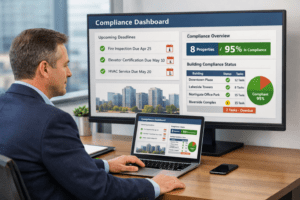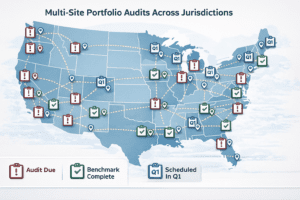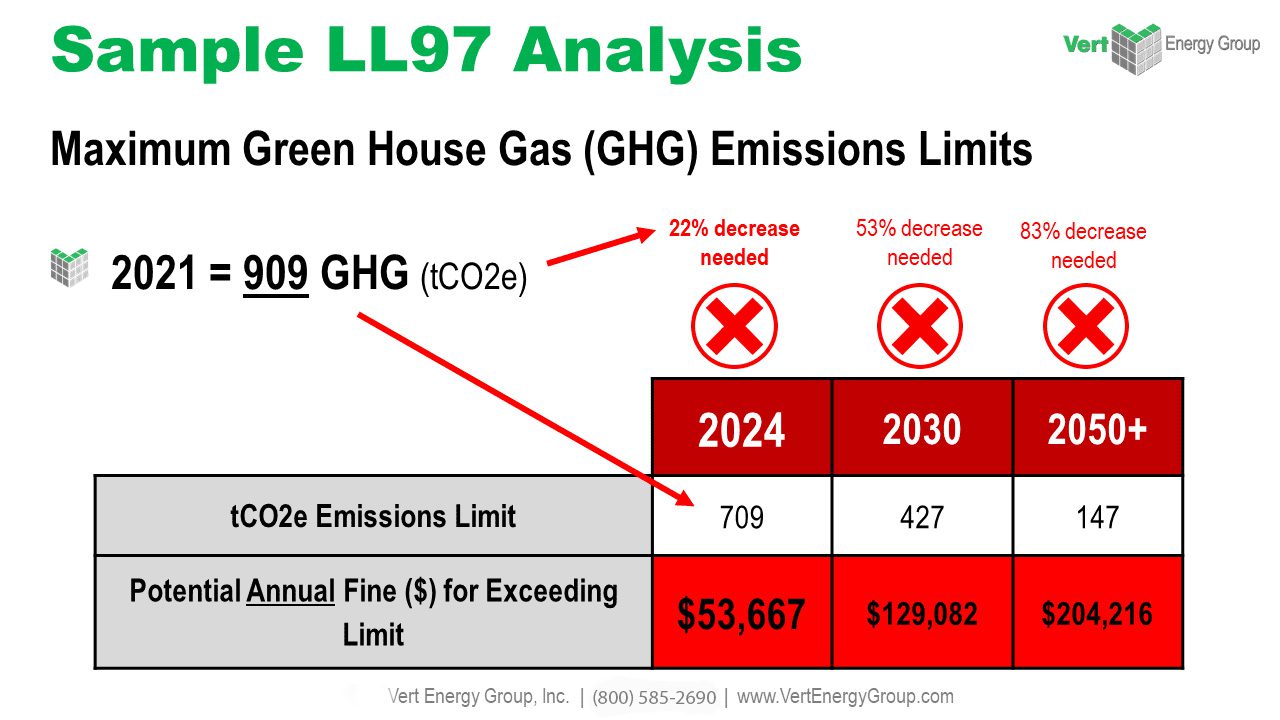The success of a construction project hinges on its foundation—not just in the physical sense but also in terms of detailed planning and clear communication. At the core of this planning and communication lie construction specifications, the unsung heroes in the construction industry that articulate the vision and expectations of a project.
I. Introduction

Merely imagining your perfect building won’t turn it into a reality; you need a roadmap that outlines every requirement—the construction specifications. These sets of documents outline the materials, workmanship, procedures, and other essential details to bring a project from a concept to completion.
In an industry where risks are as common as brick and mortar, construction specifications are the compass that navigates you through the possible pitfalls. Their role in risk management in construction projects is irreplaceable, serving both as a preventive measure against potential hazards and as a guide to securing the highest quality standards.
II. Understanding Construction Specifications
Think of construction specifications as a binding agreement among stakeholders, attempting to leave no stone unturned. They describe the technical aspects of the materials and methods to be used in construction, ensuring that everyone involved in the project is on the same page.
Types of Construction Specifications:
- Descriptive Specifications: These include comprehensive information on every product and how it should be installed, offering no leeway for changes. For example, specifying a brand and model for plumbing fixtures.
- Performance Specifications: These focus on the outcomes rather than the processes. They specify the operational requirements and leave the methodologies open to the contractor’s discretion. A performance spec might, for instance, require HVAC to maintain specific temperature and humidity levels.
- Prescriptive Specifications: A prescriptive specification might detail the exact mix of concrete to be used, prescribing the components, proportions, and application methods.
Each type is crucial, serving different needs and allowing for varied levels of input from contractors.
III. The Role of Construction Specifications in Risk Mitigation
In the realm of Construction Risk Management, mitigating risks begins with identifying them. Clear construction specifications provide a robust framework for this identification process.
1. Identify Potential Risks
The importance of foreseeing risks cannot be overstated. Construction specifications help to pinpoint areas that could breed potential issues, from supply chain disruptions to environmental concerns. This preemptive identification is crucial for devising a Construction Risk Management strategy that can tackle these risks head-on.
2. Establishing Preemptive Measures
Once the risks are identified, construction specifications become the blueprint for devising mitigation strategies. They guide the decision-making process, ensuring that every action taken is calculated to reduce risks while maintaining project integrity.
IV. Ensuring Quality through Construction Specifications
A construction project’s quality is often measured by its adherence to specifications. Thus, detailed and precise specifications are synonymous with Construction Quality Control.
1. Defining Quality Standards
Specifications outline the required quality standards, essentially serving as benchmarks for materials and workmanship. They dictate the performance levels and help ensure that the final product aligns with the client’s expectations and industry standards.
2. Quality Checks and Balances
Regular quality checks are the pulse of any construction project. Construction specifications lay out the framework for these checks, providing a checklist against which to measure each stage’s progress.
V. Best Practices for Writing Construction Specifications
Effective construction specifications are concise, clear, and complete. They should be flexible enough to allow for innovation but detailed enough to provide clear guidance. They must also be organized in a way that is accessible and understandable to all parties involved in the project.
To write effective construction specifications, it is essential to have a thorough understanding of the project’s requirements, a comprehensive knowledge of materials and methods, and an ability to anticipate potential risks.
VI. Using Technology in Construction Specifications

The rise of Technology in Construction has brought about significant changes in how specifications are drafted, managed, and followed. Construction Information Modeling (BIM) in Construction is at the forefront of this technological revolution, offering digital solutions that streamline the specification process.
With BIM, stakeholders can visualize the project in 3D, allowing for more accurate and efficient specification management. BIM can also integrate with other software, enhancing collaboration among the construction team and reducing the chances of miscommunication.
In addition to BIM, tools like cloud-based databases and mobile applications allow for real-time updates to specifications, ensuring that the construction team is always working with the most current information.
VII. Conclusion
In conclusion, construction specifications are critical in ensuring that construction projects are completed on time, within budget, and to the desired quality standards. They are the bedrock of Construction Risk Management and Construction Quality Control, guiding the construction process and helping to mitigate risks.
As the construction industry continues to evolve with advancements in Technology in Construction, it is more important than ever to embrace these changes and integrate modern tools like BIM in Construction into the specification process.
By understanding the importance of construction specifications, utilizing best practices in their creation, and leveraging technology, construction professionals can mitigate risks, ensure quality, and deliver successful projects. The Construction Specifications Institute offers a wealth of resources that delve deep into the standards and practices that shape the industry.
VertPro.com is the go-to hub for contractors dedicated to elevating energy performance upgrades for their clients. Our expansive suite of offerings includes expert Commercial Energy Audits, adept Benchmark Compliance consultation, and expansive Construction Marketplace. At VertPro®, we pride ourselves on delivering cutting-edge SaaS technology solutions that simplify the journey through Energy Benchmarking, and Energy Audits/RCx Plus, all while maintaining full compliance with a myriad of more than 60 Energy Benchmarking and Energy Efficiency Regulations nationwide.
At VertPro.com, we don’t just provide the insights and tools for energy management; we also bridge connections between qualified contractors and our client base, eager to upgrade their buildings. This creates a Marketplace where you can expand your project portfolio, ensuring that you’ll have more opportunities to apply your skills and grow your business.
